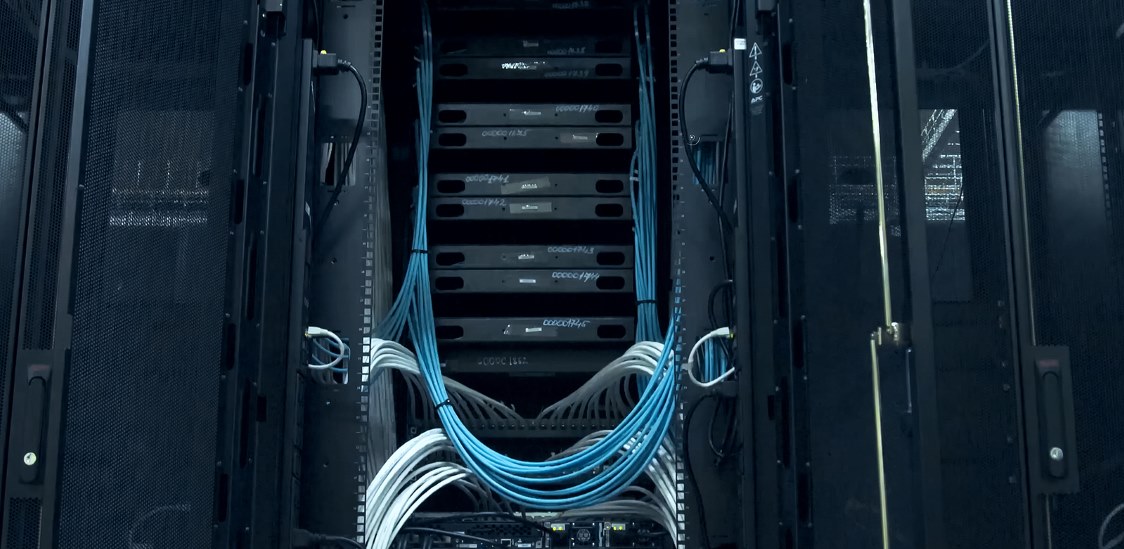In the age of hyperscale giants, the optical network is a critical lifeline. As demand for faster data in ever larger quantities continues to escalate, the data center interconnect (DCI) network is essential to enabling reliable, high-speed connectivity to link traffic between massive, hyperscale data centers. In fact, the DCI market is expected to continue growing at a compound annual growth rate (CAGR) of more than 12% through 2030.
If today’s optical networks are going to keep up with this rampant growth, however, tomorrow’s technology will require some reinvention. This network transformation will give rise to several key trends in 2024.
#1: Growth for the Long Haul
As hyperscalers and communications service providers (CSPs) build out more fiber optic DCI networks worldwide, this market growth will drive increased innovation in long-haul transport network technology to enable greater performance, longer reach and scalability, while keeping costs under control.
For example, conventional ROADM optical transmission solutions are divided into C-band and L-band, resulting in wavelength range limitations. This is particularly problematic for long-haul DCI networks, limiting transmission distance and capacity between data centers. The growing trend toward continuous C+L ROADM architecture enables transport platforms to handle both wavelength bands at once, increasing the maximum transmission capacity of the DCI network.
Likewise, the demand for greater capacity also is pushing the data transmission bit rates, requiring optical network transport technology to support terabit speeds and improved modulation techniques. Even as today’s transponders incorporate advanced digital signal processor (DSP) technology that allows support for 1.2 terabits per second (Tbps) per wavelength, we expect to see 1.6 Tbps per wavelength in the near future.
Yet, with the growing imperative for greater speed, performance and data storage, that means that sustainability is critical to the long-term growth and viability of data centers. Network systems are being concentrated into an ever-smaller footprint, increasing thermal load on networking equipment. And as thermal load increases, data center networks require much greater cooling resources. As a result, closed-loop liquid cooling technology is being incorporated into DCI network architecture to lower operating temperatures and reduce power consumption.
#2: Plug and Play
The advancement of pluggable ZR and ZR+ optics also contributes to greater sustainability in the data center market, as well as allowing more optical functionality to be absorbed into the packet network. Indeed, this trend in pluggable optics has seen faster than expected adoption in metro DCI networks, which have short overall distances and operate in a point-to-point configuration.
However, questions remain whether or not pluggable optics will be able to keep up as architecture becomes more complex and wavelength bit rates move to 1.6 Tbps and beyond in the future. Beyond the metro DCI market, where higher performance and longer reach are needed, we anticipate greater interest in pluggable dense wavelength division multiplexing (DWDM) modules, such as IP over DWDM (IPoDWDM), to enable convergence of the IP service layer and the optical transport layer.
While IPoDWDM technology has seen recent advancements, implementation of these modules introduces considerable complexity. For example, the need for continuous network layer monitoring and optimization means that sophisticated network management and control solutions will be required. Moreover, there is a disparity between the pace of IP and optical components in terms of lifecycle evolution, driving a need for more innovative component design to avoid bottlenecks.
#3: Digital Twins Grow Up
Across various networking markets, the pressure to achieve continuous innovation, improved performance and greater sustainability is driving a convergence of trends: open networking enabled by artificial intelligence (AI). Specifically, as CSPs and hyperscalers fully embrace open networking to increase agility and reduce costs, the increasing complexity of multi-vendor network design and maintenance requires the adoption of AI techniques and technology.
In fact, network operators are now looking to AI for predictive modeling and analytics through the use of digital twins. Technicians are building and leveraging continuously updated virtual models of the physical network to evaluate network behavior under various conditions and traffic loads, without risking any impact on live traffic quality of service (QoS).
This trend simplifies the process of network planning and optimization to improve performance, power efficiency, service delivery and other key performance indicators (KPIs). Furthermore, in addition to helping to contain costs, digital twins also can be used to boost business value as well. Case in point, the recent $100 million investment that SK Telecom made in the AI firm Anthropic focuses on specific use cases related to telecoms customer service, marketing and sales.
#4: Resilience in the Era of Big Tech
As hyperscalers and CSPs continue to respond to rapid increases in data traffic, they will require ever more resilient and efficient network architecture, design and operation. With the latest optical and AI technologies, we can reinvent next-generation network infrastructure for the 21st century, creating a hyper-reliability that enables greater performance, sustainability and scalability while maintaining competitiveness.






















